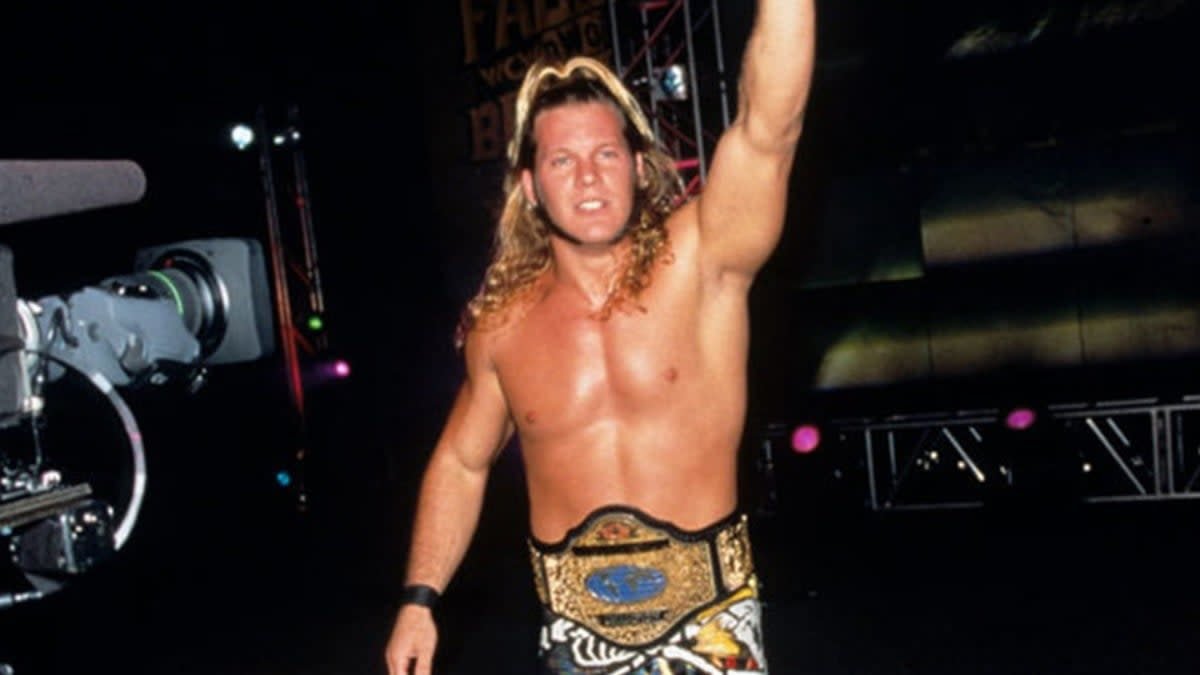
The Cruiserweights & Their Impact on WCW’s Success
Even two decades after the demise of WCW, professional wrestling still reverberates with discussions about the profound influence they exerted on the industry and the lasting legacy it left on today’s wrestling landscape. One pivotal element that contributed significantly to WCW’s success, especially during the legendary Monday Night Wars era, was their cruiserweight division.
When we talk about WCW’s success, the first thing that often comes to mind is the nWo, and rightfully so. However, equally crucial were the meteoric rise of Goldberg and the dynamic cruiserweight matches. These were all key components that propelled WCW forward during its early years.
The Matches
The cruiserweight division played a vital role in WCW’s programming, captivating audiences on Mondays with ‘Nitro’ and on Thursdays with ‘Thunder.’ Its primary mission was to engage fans, enticing them to continue watching ‘Nitro’ or ‘Thunder.’ Essentially, WCW’s formula was simple, yet effective: entice viewers with the nWo, but keep them glued to their screens with the exhilarating cruiserweight contests. This straightforward approach was instrumental in helping WCW gain an early advantage over WWF (now WWE) during that period.
For wrestling promotions, TV wasn’t as important as it is today with AEW or WWE, TV was a way to market for the shows with the objective of selling tickets and merch. Matches during this period weren’t as exciting as they are on TV now. Most matches were squashes, with maybe the occasional good TV match here and there… The good matches were saved for PPV and house shows. WCW and the cruiserweight division changed that format.
The Division
Through its cruiserweight division, WCW delivered some of the most captivating wrestling action to fans, whether they were watching from the comfort of their homes or inside the arena. What added to the division’s allure was the presence of legendary wrestlers on their roster, including Chris Jericho, Rey Mysterio, Dean Malenko, Eddie Guerrero, and others. Furthermore, WCW’s strategic partnership with NJPW allowed them access to renowned wrestlers like Jushin Thunder Liger and Último Dragón, serving as notable examples.
The cruiserweights enjoyed considerable creative freedom in the ring, and many of their matches have stood the test of time, holding up exceptionally well by today’s pro wrestling standards. This should come as no surprise, given that today’s wrestlers often grew up watching the cruiserweights and later embraced the high-flying style exemplified by the X-Division in TNA.
Unfortunately, WCW’s fortunes took a downturn when they started featuring wrestlers like Disco Inferno prominently in the division, resulting in a decline in the quality of booking. This decline led to a loss of viewership and the financial gains they had achieved during the early days of the Monday Night Wars. Additionally, the departure of wrestlers like Jericho, Malenko, and others to WWF further compounded WCW’s woes.
The Impact
The impact of WCW, and in particular, its cruiserweight division, continues to resonate in today’s wrestling promotions, particularly in the context of TV contracts. TNA’s X-Division from the early 2000s was undeniably influenced by their success.
Even in promotions like AEW, this influence is evident, though now, the high-flying style is integrated into the main events of shows and pay-per-views. This is a notable departure from WCW’s approach at the time, where they resisted featuring cruiserweights in main events—a decision that, in hindsight, appears to have been a significant misstep by Eric Bischoff and the creative team at WCW.
What was your favorite cruiserweight match in WCW? Let us know in the comments below…



Average Rating